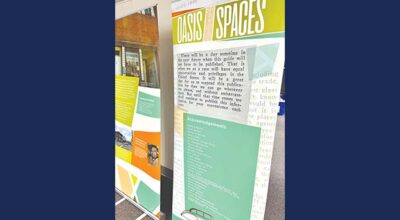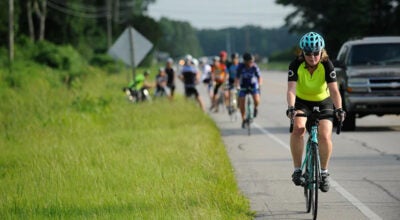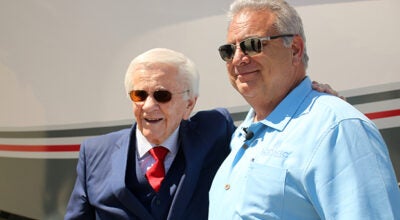Local ‘You Live in What?’ airs Friday
Published 8:52 pm Tuesday, May 20, 2014

VAIL STEWART RUMLEY | DAILY NEWS
THE CREW: The crew filming HGTV’s “You Live in What?” on Market Street last August. Fire Station Lofts will be featured on the show at 9 a.m. Friday morning.
A Washington home will be featured on Home and Garden Television’s program “You Live in What?” Friday, at 9 a.m.
The Fire Station Lofts, owned by Scott Campbell and Bill Sykes, will be included in HGTV’s premiere of the show’s new season. The show features unique homes that were constructed as something other than homes, but have since been transitioned to full time living spaces.
The Fire Stations Lofts inhabit the 1912 building that was originally a shirt factory, and at various points was Washington’s fire station and home of Beaufort County Community College. In Friday’s episode of “You Live in What?,” Fire Station Lofts are featured along with other residences that have been repurposed: a sugar mill in St. Barts, a boot factory in Dallas, a circa 1848 schoolhouse, as well as a clock tower, a former church, a barn, a corner store and a bus.
The episode was filmed last August, along with another unique Washington home —that of Beth and Chris Collier, who bought, and renovated, what’s locally known as the “old Tayloe Hospital” on Washington and West Main streets. HGTV crews came into town and filmed both episodes in a weekend. The Colliers’ home will air in another upcoming episode.
Campbell, a realtor for Century 21, views the Fire Station Lofts episode as another way to put Washington in the spotlight for a much larger audience.
“It’s a nice thing for Washington that we, once again, get an opportunity to talk about our great little town,” Campbell said. “I’m excited because it’s been very gratifying that so many people are excited for us.”
But it’s also a way to show viewers the hidden potential in existing structures — a more extreme form of recycling. Rather than building new, the idea of repurposing a structure fits with the “green movement,” Campbell said.
“There’s nothing greener than a building that already exists,” Campbell said. “Everything’s already there — there’s nothing greener than that.”





